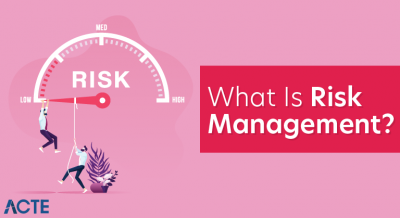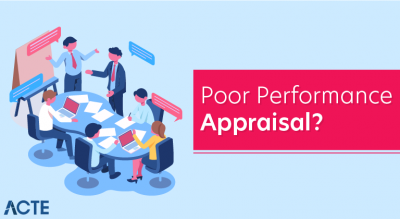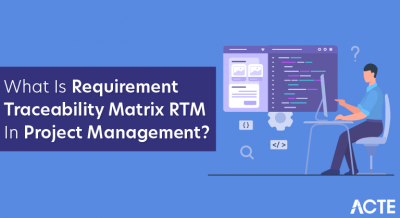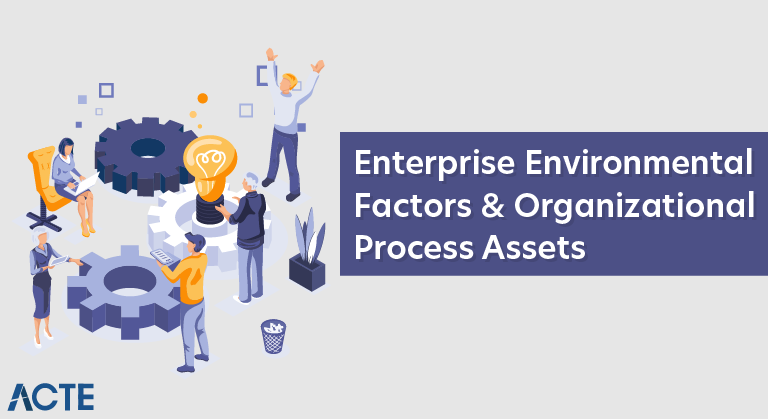
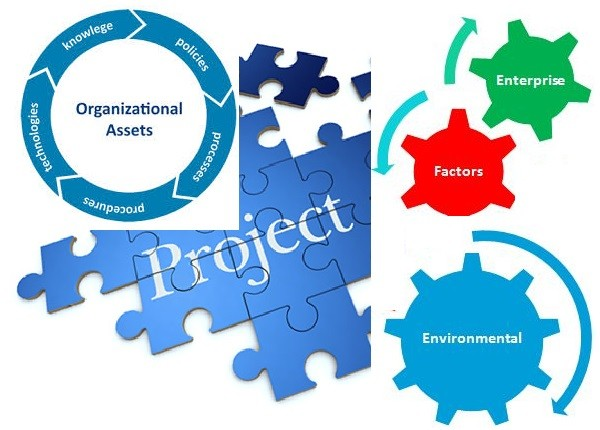
- Though the nature of a project is temporary, they are not performed in isolation. They work in a controlled environment and are affected by Enterprise Environmental Factors (EEF) and Organizational Process Assets (OPA).
- The Project Management Institute terms them as influences. Enterprise environmental factors can be internal or external, while organizational process assets are always internal to an organization.
- Enterprise environmental factors and organizational process assets are widely discussed in the PMBOK Guide and are inputs of almost all processes. You must have a thorough understanding of these terms.
- Although the concepts are straightforward, many PMP aspirants fail to understand them and often make mistakes on the exam.
- Please note that you may or may not see a direct question on these topics in the exam but having a better understanding about EEF and OPA will undoubtedly help you on your test.
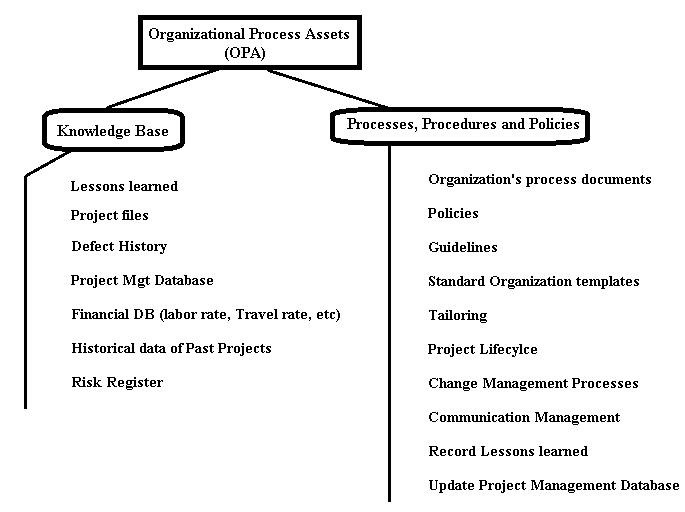

- First, we should understand the word “environment” before we start to discuss enterprise environment factors.
- You can define the environment as anything that is related to the natural world and the impact of human activity or its condition, or the culture that an individual lives in, and the people and institutions with whom they interact (Wikipedia).
- Since we live in an environment, it influences our behavior in a certain way.
- For instance, in cold weather we need to wear woolen clothes to keep ourselves warm. The cold weather is the “environment” that forces us to cover ourselves with woolen clothes.
- This is the impact of a cold environment on us.
Now we come to enterprise environmental factors.
- Enterprise environmental factors are the influences not under the control of the organization or the project management team that affect the organization, the project, and its outcome. Every organization has to exist and work within the EEF.
- These influences may have positive or negative impacts on your project constraints, though often the impact is negative.
- Enterprise environment factors can be either internal or external.
Examples of external enterprise environmental factors are as follows:
- Government regulations
- Market conditions
- External political conditions
- Industry standards
- Legal restrictions
A few examples of internal enterprise environmental factors include:
- Organizational culture
- Type of organizational structure
- Internal political conditions
- Available resources
- Infrastructure

- Before moving onto the organizational process assets, let us define assets.
- An asset is defined as a useful or valuable entity or property owned by a person or company, which has value and is available to meet debts, commitment, or legacies.
- Basically, assets are something that you can own, keep, and make use of at any point in time.
Examples of assets are numerous; you can have a car, which helps you move around, a house to live in, a computer to work on… the list is endless.
In the same way, organizations also have assets that help them achieve their goals. Here these assets are called organizational process assets. These OPAs are inputs of almost all processes of the PMBOK Guide. The project management team may modify these OPAs according to their requirements.
Once the project has ended, these organizational process assets can be stored in a central repository so that they can be used whenever required for any future projects.
Organizational process assets can be divided into two categories.
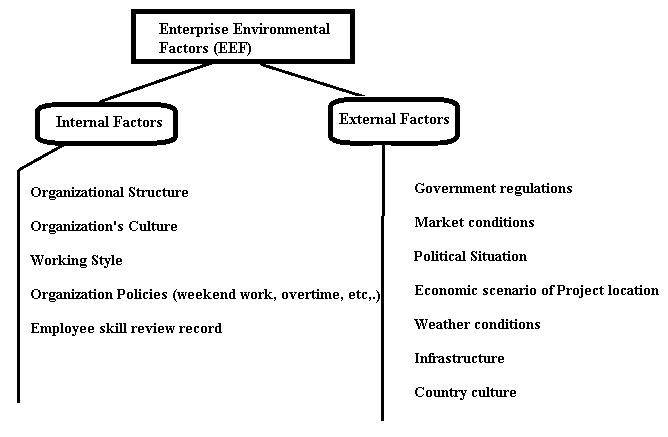
The first is for processes, policies and procedures for conducting work, which include the following:
- Policies
- Procedures
- Standard templates
- General guidelines
The project management team cannot update or modify these elements usually, as they have been provided by the organization. However, a project manager can provide feedback or suggestions, and higher management can make a decision to update or modify.
The second category comprises the corporate knowledge base for storing and retrieving information. For example:
- Risk register
- Lessons learned
- Stakeholder register
- Past project files
- Historical information
These organizational process assets influence the project’s success, and they keep growing as the organization becomes larger.
Let us say that you are in the identify risks process. You decide to start identifying risks by using a checklist.
- You are not going to create this checklist from scratch; you will look at any similar past project records to find a risk checklist and customize it as per your project requirements. This will save you a lot of time.
- There is a very famous saying in project management, “Why reinvent the wheel?” which means if you have something available to you, why would you try to remake it? You are free to update or modify elements from this category.
- Organizational process assets are used extensively in project management. It is the responsibility of the project management team to look for any relevant documents in historical records before starting to build something from scratch.
- The Difference between Organizational Process Assets and Enterprise Environmental Factors
- There are many differences between organizational process assets and enterprise environmental factors.
- Organizational process assets help organizations to improve their processes, help project management teams to learn, and share best practices by using a collective knowledge base.
- On the other hand, enterprise environmental factors may or may not help your organization. These are the conditions in which your organization has to work and do not fall under the control of the project management team.
For example, if the government increases taxes, it will affect your profits negatively; however, if they decrease taxes, your profits will increase.
- Moreover, enterprise environmental factors are not easy to change; you have to live with them. Organizational process assets can be customized according to their suitability and they make the project management team’s life much more comfortable.
- It is important to note that organizational process assets always support the project team, while enterprise environmental factors can help or hinder.

